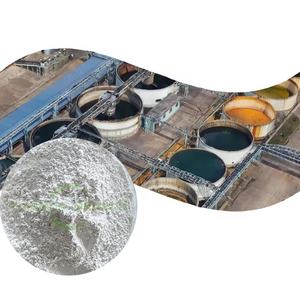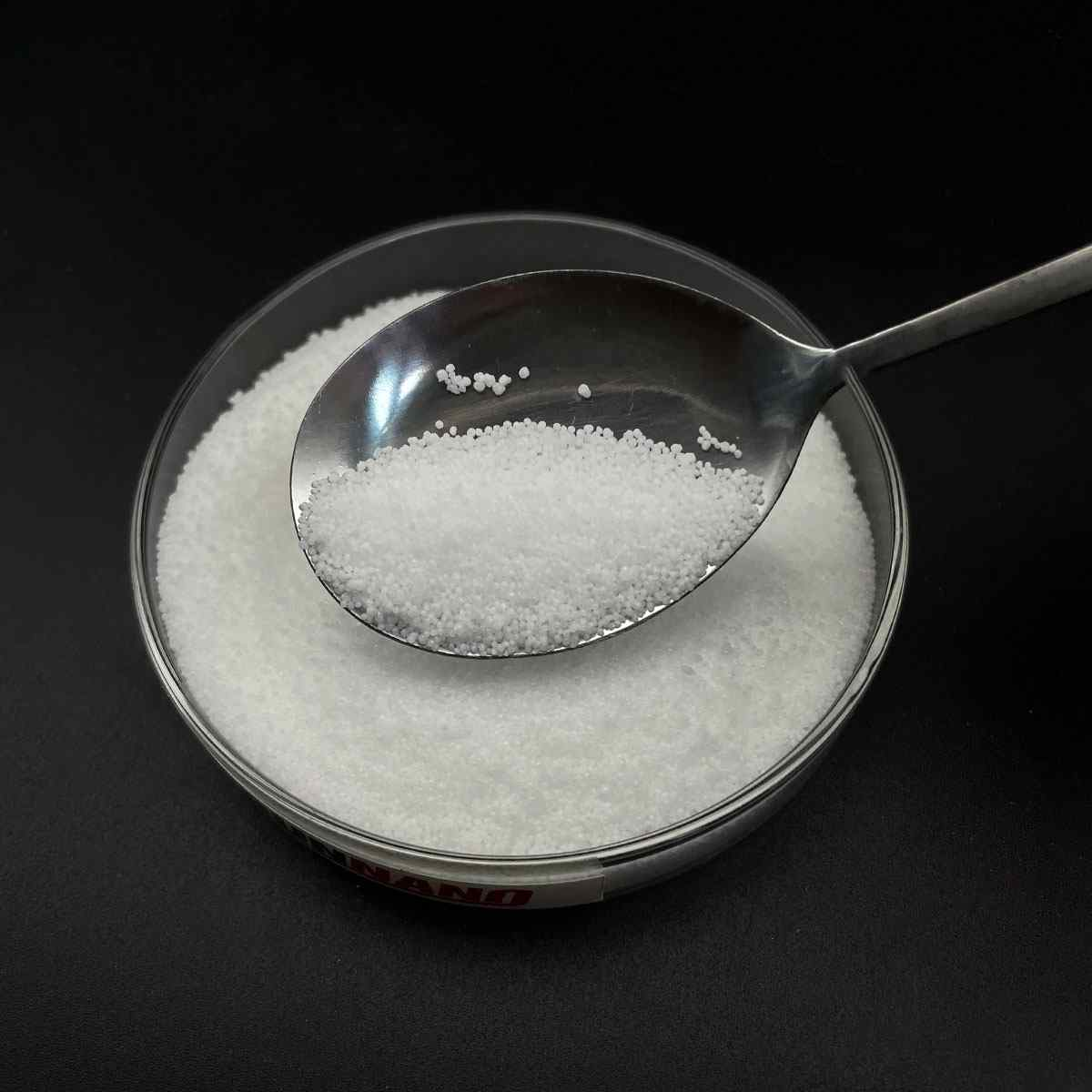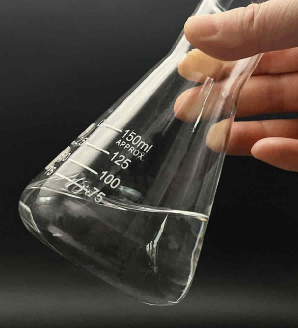1. Introduction
Just 24 hours ago, the European Commission announced a new review of labeling requirements for anionic surfactants in cosmetics, reigniting public interest in ingredients like sodium lauryl sulfate (SLS). Consumers are increasingly checking labels for terms like ‘sls sodium lauryl sulfate’ or ‘sodium laureth sulfate’—but what do these actually mean?

In this guide, we break down everything you need to know about sodium lauryl sulfate, its role as a surfactant, how it compares to alternatives, and whether it’s something you should avoid.
2. What Is Sodium Lauryl Sulfate?
Sodium lauryl sulfate (SLS), also known as sodium dodecyl sulfate or natrium lauryl sulfate, is a powerful anionic surfactant. The meaning of surfactant? It’s a compound that lowers surface tension—helping water mix with oil and dirt so they can be rinsed away.
Chemically, SLS is derived from lauryl alcohol (often sourced from coconut or palm kernel oil) and sulfuric acid. Its formula is C12H25SO4Na, and it’s widely used for its excellent foaming and cleansing abilities.
You’ll find it labeled as ‘sls sodium’, ‘na lauryl sulfate‘, or simply ‘lauryl sulfate’ on ingredient lists.
3. Common Uses of SLS
SLS is a workhorse in both consumer and industrial applications:
- Personal care products: shampoos, toothpastes, body washes, and facial cleansers (often alongside sodium laureth sulfate for milder cleansing)
- Household cleaners: dish soaps, laundry detergents, and all-purpose sprays
- Industrial formulations: as a wetting agent, emulsifier, or dispersant
- Agricultural products: used as a surfactant for herbicides and weed killers to help active ingredients stick to plant leaves
In fact, SLS is sometimes sold as ‘sodium lauryl sulfate for sale’ in bulk for formulators and DIY enthusiasts.
4. How SLS Compares to Other Surfactants
Not all surfactants are created equal. They fall into four main categories: anionic, cationic, non-ionic, and amphoteric.
4.1 Anionic Surfactants

SLS is a classic anionic surfactant—meaning it carries a negative charge. Others in this group include:
- Sodium laureth sulfate (also called sodium lauryl ether sulfate or sodium lauryl ether sulphate)
- Ammonium lauryl sulfate (or ammonium dodecyl sulfate)
- Sodium dodecylbenzene sulfonate
- Sodium lauroyl sarcosinate and lauroyl sarcosinate
These are great at cleaning but can be harsh on skin.
4.2 Amphoteric and Non-Ionic Alternatives
To reduce irritation, many products blend SLS with milder surfactants like:
- Cocamidopropyl betaine (also called coco betaine, amidopropyl betaine, or coco amido propyl betaine)
- Decyl glucoside and coco glucoside (types of alkyl polyglucoside)
- Sodium cocoyl isethionate and sodium lauroyl methyl isethionate
- Polysorbate 80, Span80, Pluronic 127, and Poloxamer 188 (non-ionic surfactants)
These are often labeled as ‘bio surfactants’ when derived from renewable sources.
4.3 Cationic Surfactants
Cationic surfactants like cetyl trimethyl ammonium bromide (CTAB) or cetyltrimethylammonium bromide carry a positive charge. They’re used in conditioners and disinfectants—not cleansers—because they don’t foam well but bind to surfaces.
Note: anionic and cationic surfactants generally don’t mix well due to charge incompatibility.
5. Safety and Controversy
SLS has a reputation for being ‘harsh’—and for good reason. At high concentrations, it can strip natural oils and cause irritation, especially in sensitive skin or eyes.

However, regulatory bodies like the FDA and EU SCCS consider it safe in rinse-off products at typical use levels (usually 1–15%).
Misconceptions abound—like confusing SLS with sodium laureth sulfate (which is ethoxylated and generally milder). Also, ‘sls sulfate’ or ‘sulfate laureth’ aren’t official terms; they’re often marketing shorthand.
Importantly, SLS is not the same as fluoro surfactants or copper 1 bromide—those are entirely different chemical classes.
6. Natural and Eco-Friendly Alternatives
As demand for gentler formulas grows, brands are turning to alternatives like:
- Sodium coco sulfate (sometimes called coco sodium sulfate)
- Sodium cocoyl glutamate
- Methylated seed oil blends (used as surfactant for herbicides in organic farming)
- Lignin sulfonate (a bio-based wetting agent for lawns and agriculture)
For lawn care, products labeled as ‘lawn wetting agent’ or ‘wetting agent for grass’ often use nonionic surfactant blends instead of SLS to avoid soil toxicity.
7. Where to Find Quality SLS and Related Ingredients
If you’re formulating products, reputable suppliers like Rohit Surfactants Private Limited offer technical-grade sodium lauryl sulfate and sodium laureth. Always verify purity and compliance with local regulations.
Remember: ‘sodium lauryl ether sulphate in shampoo’ is common, but check if it’s paired with amphoteric co-surfactants like cocamidopropyl to reduce irritation.
8. Conclusion
Sodium lauryl sulfate remains one of the most effective and economical anionic surfactants available. While it can be irritating in high doses, it’s generally safe when used as intended. For sensitive users, alternatives like alkyl polyglucosides, sarcosinates, or betaines offer gentler cleansing without sacrificing performance.
Whether you’re choosing a shampoo, mixing a weed killer, or formulating a new skincare line, understanding the surfactant landscape—including terms like anionic cationic, ethoxylated alcohol, and nonionic surfactant—helps you make smarter decisions.
Our Website founded on October 17, 2012, is a high-tech enterprise committed to the research and development, production, processing, sales and technical services of ceramic relative materials such as 7. Our products includes but not limited to Boron Carbide Ceramic Products, Boron Nitride Ceramic Products, Silicon Carbide Ceramic Products, Silicon Nitride Ceramic Products, Zirconium Dioxide Ceramic Products, etc. If you are interested, please feel free to contact us.


